Garden Tip Calendar
Monthly Garden Guide
January
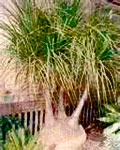
- Plant Roses and Trees
- Prune and spray Existing Roses
- Prune Trees & Shrubs
- Start spring seeds indoors for transplanting in late Feb. early Mar.
- Lawns- Fertilize and mow @ 2” during cooler months.
- Apply dormant spray on deciduous trees
February

- Continue planting roses and Trees. Start planting Shrubs & Natives.
- Lawn: Mow regularly @ 2” water according to weather. Overseed at this time.
- Citrus & Avocados- In warmer inland areas feed now. Deciduous Fruit Trees feed now.
- Ornamental Grasses- Cut Back
- Prune- Evergreens (junipers,pines etc.) Woody Overgrown Perennials – Cut back now.
- Fertilize-Roses and Perennials, consider using a systemic product to keep insects from invading spring blooms.
- MULCH- 2” to 3” layer of Cedar Mulch or Bark
- Chips will prevent weeds and help retain soil moisture.
March
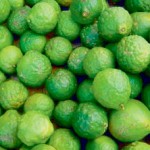
- Continue planting Container grown Trees, Shrubs, Perennials/Annuals, Natives and Groundcovers.
- Plant Vegetables-tomato peppers squash etc.
- Apply Pre Emergents to flower beds and groundcovers to stifle weeds. Try Amaze.
- Start Container Gardens
- Divide Perennials: Daylily, Flax, Grasses
- Fertilize-Lawn and Mow @ 2” Overseed now.
- Fertilize- Roses and Perennials water well
- Fertilize-Citrus and Fruit trees in Coastal areas at this time.
- PRUNE: Camellias after bloom has finished.
- Pinch tips on fuchsias to promote business.
- SNAILS: Eggs are hatching time to bait try Sluggo or That’s It.
April
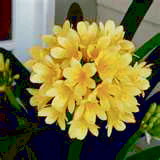
- Continue planting Trees, Shrubs, Perennials, Roses Annuals & Vegetables.
- This is time to start corn,cucumbers,melons and beans.
- LAWN: Warm Season Grasses (St. Augustine & Bermuda) should be de thatched and fertilized.
- Fescue and Ryegrass should be let grow to 3” to prepare for summer Temps also Fertilize.
- Fertilize-Roses Citrus Fuchsias and perennials
Dead-Head Flowers to promote more blooms. - If conditions are dry watch for Spider Mites.
- SNAILS- Continue bait for Snails during this active period..
May
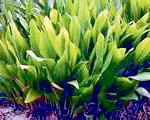
- Continue planting warm season Natives Annuals, Vegetables and Perennials.
- Lawn: Fertilize and Mow Regularly to keep it thick and healthy. Fescue should be mowed @ 3” in warm weather.
- Prune- Winter flowering trees and shrubs once they are finished blooming.
- Watering: Keep up on it with approaching warm days.
- Keep an eye out for yellowing leaves or pale leaves with green ribs. This is a sign of IRON Deficiency apply an Iron product such as Ironite or Liquinox Iron Zinc.
- MULCH: If you haven’t yet you should NOW.
- 2 to 3 inches of Cedar Mulch over planters and groundcovers can keep weeds down the soil moist longer and also keeps the soil cooler so plant roots thrive.
June
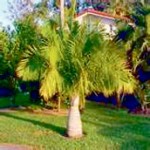
- Plant Heat Loving Tropicals and Palms and warm season Annuals/Perennials.
- Drought tolerant and Native plants need only deep infrequent watering now through fall. Every 10- 14 days.
- Continue Dead-Heading flowers to promote more blooms and for a tidier look.
- Cut back overgrown Perennials to promote another round of blooms and clean up messy looking areas.
- Lawn: Water Regularly (Temps above 90 degrees daily)
- Mow @ 3”. Rake once a month Fertilize every 6 weeks.
- Avoid fertilizing during Warmer spells.
- MULCH: Your plants are crying for it.
- 2” to 3” layer of mulch can protect the roots of your plants.
July
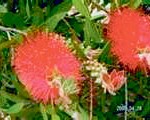
- As the weather gets warmer Garden in the early morning or late afternoon both you and the plants will appreciate it.
- Plant Pumpkins now for Halloween harvest.
- Continue Dead-Heading Flowers if not daily at least once a week.
- When perennials and annuals get scraggly cut back 1/3 or more to rejuvenate for Fall.
- Keep new plantings well watered.
- Fertilize Acid Loving plants Such as Azaleas, Gardenias, Camellias and Blueberries.
Fertilize Container Plants and Vegetables. - LAWN: Mow & Water Regularly Light Fertilizer if Temps are below 85 degrees.
August
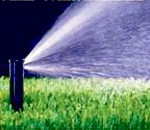
- Watering is most IMPORTANT CHORE this month. Remember Watering Basics:
1. Water Early in the morning (between 7AM and
10AM).
2. Water the Soil Not the leaves – Best to use bubblers in planters and beds.
3. Water infrequently and deeply not shallow and often.
- Check Irrigation for any repairs to be made.
Containers- Soak Well if they still look wiltedmove them to a shadier area until cooler temperatures arrive.
LAWN: Mow and water regularly..If above 85 degrees no fertilizer. - Fertilize- Roses, Citrus, Acid Loving Plants and Fruit Trees now. Watch for Iron Deficiency and feed with Iron product if needed.
- Cut Back Scraggly Perennials to a few inches they will reappear healthier and more established next season.
 cyclamen
cyclamen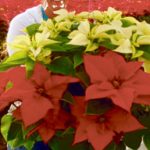 Our 10" H-B
Our 10" H-B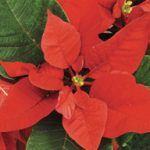 Poinsettia
Poinsettia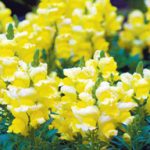 Snapdragons
Snapdragons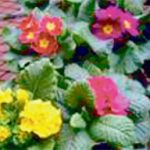 English-Primrose
English-Primrose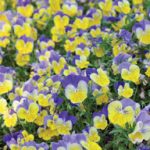 Pansy
PansySeptember
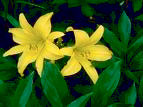
- Start planting fall annuals (pansies calendula, snapdragons, cyclamen, stock, primrose, alyssum) and Mums.
- Keep up watering September is still warm and the Santa Ana winds are near. If you know the winds are going to blow Soak well before they arrive, hydrated plants withstand wind better than dry plants.
- Fertilize: Roses Acid Loving Plants and containerized plants.
- Lawn Mow @ 3” and water Regularly.
- Prepare areas to be planted this fall or winter with fresh organic soil amendments.
October
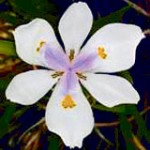
- As the days grow shorter and temps cool reduce the frequency of watering but don’t reduce length of time system runs.
- Time to plant Trees, Shrubs, Perennials and Groundcovers again. Continue planting cool season annuals. Cooler Temps help plants establish for next season.
- Prune trees and shrubs for winter. Shaping and removing dead or dying wood. Cut Back Geraniums.
- Lawn: Think about overseeding all lawns at this time.
- For fescue and ryegrass use like seed. Bermuda and St Augustine use annual winter Rye seed.
- Fertilize and lower the mower height to 2” for cooler months on Fescue and Ryegrasses.
November
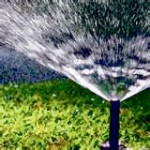
- Adjust watering schedule according to weather.
- Water less frequent but for as long as normal.
- Most Trees and Shrubs only need water once a week during the cooler months.
- Citrus and Avocados only once a month if there has been no rain.
- Begin planting Trees shrubs groundcovers and perennials if you haven’t already.
- Divide Perennials and Cut back Ornamental Grasses.
- Lawn: Mow @ 2” fertilize and water regularly.
- Snails and Slugs: Lay their eggs at this time so fighting them now is essential to having fewer snails in the spring when eggs hatch. Try Sluggo.
- Prune deciduous fruit trees and shade trees and seal all larger cuts. Spray with Dormant Spray or Neem Oil to prevent disease and Insects.
December
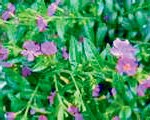
- Poinsettias are ready! Happy Holidays…
- Roses- Withhold water this month and stop fertilizing to harden them off for winter. In warmer areas they may need a drink or two. Now is the time to move roses from one place to another.
- Pruning- If plants are damaged by frost resist the urge to prune. The damage may protect the rest of the plant from further frost.
Prune Fruit Trees if you haven’t already done so. - Seal all larger cuts and spray with a Dormant Spray.
- Time for a second application for those of you who have sprayed once already.
- Cut back dormant Grapevines.
- Wisteria should have all the thin shoots from last season Cut Back leaving two or three buds at the base.
Bait in Fall to Reduce Snails in Spring
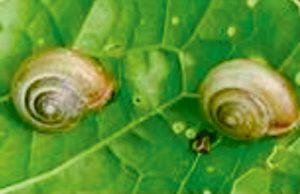 Bad Snails
Bad Snails
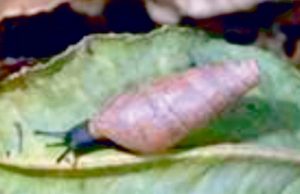 Bait only when you don’t see decollete snails.
Bait only when you don’t see decollete snails.
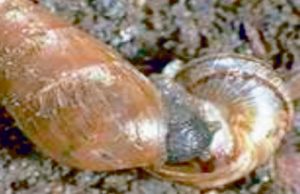 Decollete snails eat other snails.
Decollete snails eat other snails.

